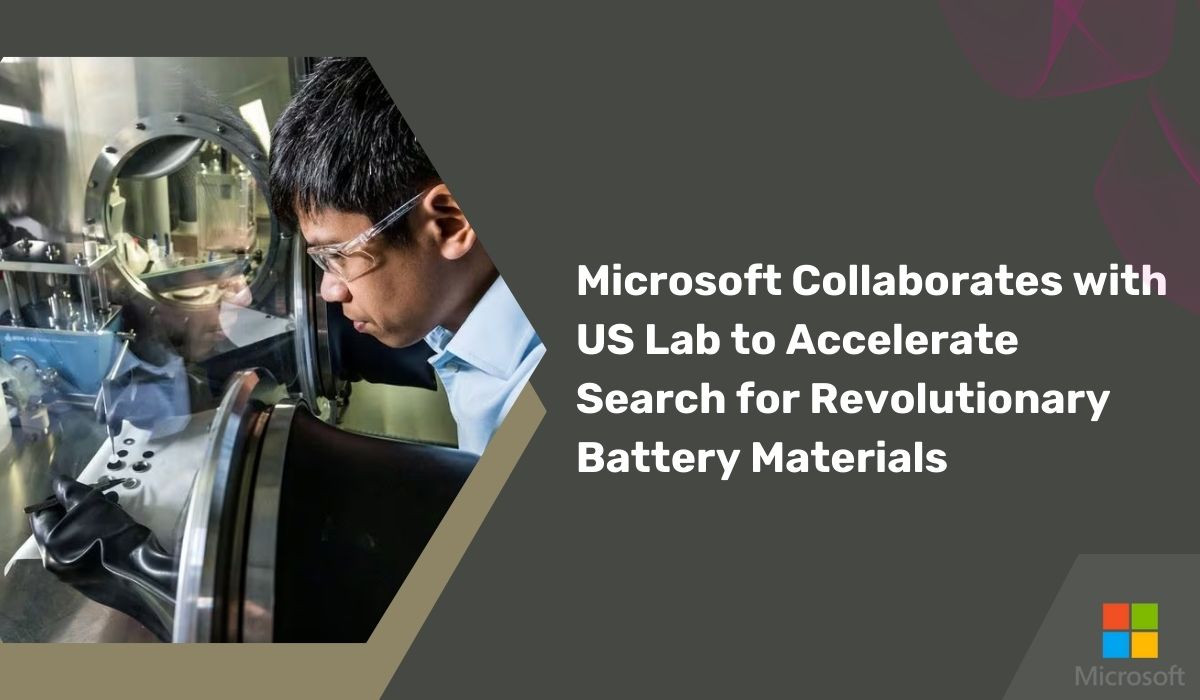
Microsoft (MSFT.O) has partnered with the Pacific Northwest National Laboratory (PNNL) in Richland, Washington, leveraging artificial intelligence (AI) to swiftly pinpoint a material that could potentially reduce lithium requirements in batteries by 70%, according to an announcement made by the tech giant on Tuesday.The innovative approach involves replacing a significant portion of lithium with sodium, a widely available element found in common table salt. Although this breakthrough still necessitates thorough evaluation by scientists at PNNL, the accelerated pace of discovery is noteworthy. Jason Zander, an executive vice president at Microsoft, expressed enthusiasm, stating, "Something that could have taken years, we did in two weeks. That's the part we're most excited about. ... We just picked one problem. There are thousands of problems to go solve, and it's applicable to all of them."
The potential implications of this technology extend to various sectors, including automotive and energy grids. By significantly reducing the reliance on expensive lithium, which is concentrated in a few countries, and embracing the abundance of cost-effective sodium, Microsoft's breakthrough could redefine the landscape of battery production. Brian Abrahamson, chief digital officer of PNNL, emphasized that the AI-driven process used to discover alternative battery materials can be extrapolated to address numerous challenges in chemistry and materials science that the lab is actively investigating.
Microsoft's achievement was made possible through a combination of AI models trained on molecular science data and the utilization of traditional scientific supercomputers. The process efficiently narrowed down over 32 million possibilities to 18 potential candidates, subsequently examined by PNNL scientists to identify materials suitable for synthesis and laboratory testing. Abrahamson highlighted the transformative nature of this paradigm shift, stating, "The magic here is in the speed of artificial intelligence, assisting in the identification of products and materials and our ability to put those ideas into action in a laboratory."